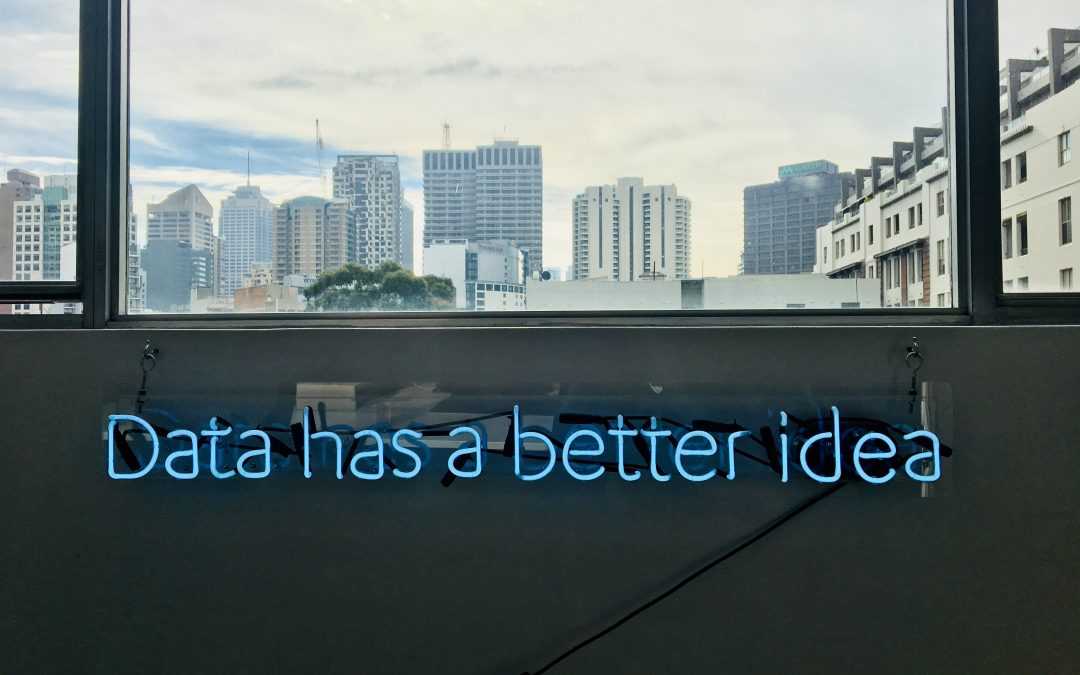Many organizations fall into a trap of what we think of as a data recycle process. Its’ workflows become stagnant and its’ prospects stale. This is a result of not testing new processes, not looking for new approaches and not setting result goals.
An age-old sales strategy is the art of the turnover. This means that when a prospect or an account becomes stale, it is seen as a good practice re-evaluate and try a new approach. By leveraging information from your prospect history to your advantage, you can move the mark in your business process.
This strategy is true of data too. Some important questions to ask are:
- If all your peers and competitors (and even within your same community) are using the same data in the same process, what advantage to you really have?
- As a philanthropic organization, how do you make yourselves stand out amongst your peers and competitors when screening for prospective donors?
- Is your technology up to par with your peers/competitors or do you need to enhance it with other solutions such as a predictive model that can better rank your prospective donors?
When looking at data and predictive models to supplement your screening process, you should consider some important points:
- What history from my organization is used in my existing technology to calibrate the model to my market, prospects and workflow? Without incorporating your history, a model is predicting industry and national averages. Economic and market conditions vary across the U.S. so it is important to think about how applicable the model is to your market.
- Is the model adding value to my current data by telling me something new about my prospect? An example of this would be adding a score to your existing wealth rankings that helps predict engagement. This helps Major Gift Officers with engagement by creating a rank order and setting priorities based on interest and likely responsiveness. We see this as a game changer for their business process.
- Look for ways to incorporate alternative data into your business process that is not disruptive. Many organizations we talk with explain that they already have processes in place and are not looking to change. This mindset is counterproductive because they don’t see what alternatives are out there that can enhance existing processes or how easy it is to incorporate those alternatives into their processes. Some examples include:
- The ability to segment prospects from the current process to rank order your workflow for engagement. This will maximize response rates and manage cultivation expenses.
- Utilizing a predictive model for specific campaigns vs. your weekly, monthly, etc., wealth screening process. You can use these specific campaigns for patient engagement to involve more community members in your mission and without having to wait on patient satisfaction from a care visit to trigger a donation request. The more you share with interested parties in your community, the more everybody wins – the community, the health system and the hospital foundation.
It’s imperative to think of ways to improve your processes instead of looking for ways to defend the status quo. Over the years, people have used many analogies to describe this process, but at the end of the day, process improvement never ends.


Recent Comments